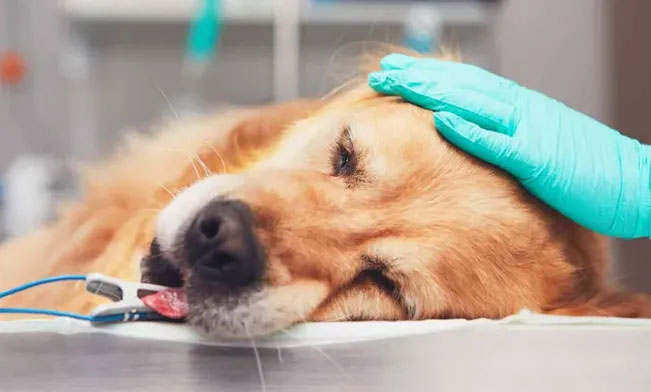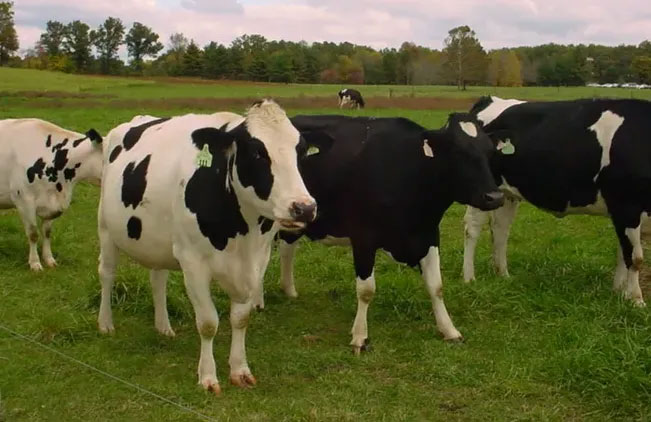The results from a study involving over 110,000 individual mammals have provided scientists with a clearer and deeper understanding of cancer in mammals.
Cancer is a sad reality of life, as most cancers in humans do not have a cure, only helping to extend survival time. Approximately 40% of people are diagnosed with this disease at some point in their lives. However, cancer is not limited to humans; it also occurs in many other species. By studying species that are prone to cancer, through their habits and natural defenses, humans can gain new insights to combat this disease.

Mammals are individuals at risk of cancer.
Scientists conducted a comprehensive survey of cancer that shows mammals are individuals at risk of cancer. The research team, led by Orsolya Vincze, a researcher at the Ecological Research Center in Hungary, examined the records of 110,148 animals from 191 species that had died in zoos. The data was provided by Species360, a non-profit organization that consolidates this type of data from zoos worldwide.
Using this real data, the research team was able to search for evidence of the causes of animal deaths. The team also limited their search to animal records conducted after 2010 due to poor prior storage, and the collected data was confined to zoo species because information from wild species is very difficult to obtain. Cancerous animals in their native habitats are often more likely to become prey or die of starvation, leading to early death. Therefore, “we need zoos, where every individual is monitored, and we know when they die and from what causes.”
Some Conclusions and Insights
Most species studied by the research team are at some risk of cancer, with two exceptions being the blackbuck (a type of antelope) and the Patagonian mara (a type of rodent). The study results indicate that carnivorous animals are the most susceptible to cancer. More than 25% of the studied cheetahs, bat-eared foxes, and red wolves died from cancer, leading scientists to hypothesize about the reasons behind this outcome.
Carnivorous animals have a different microbiome compared to other types of animals, which is also an important issue because a rich microbial community can help limit cancer. Carnivorous animals living in captivity have a more restricted living range, and limited physical activity may also contribute to cancer risk. Raw meat, which mammals typically consume, contains bacteria and microorganisms that increase the risk of cancer. For example, raw beef contains the bovine leukemia virus, which can also increase the risk of breast cancer in humans. However, Vincze stated that more research is needed in this area.

Raw beef contains leukemia virus that increases cancer risk.
Size and Weight Do Not Correlate with Cancer Risk
“A rather surprising finding is that the size of the animal does not correlate with cancer risk. Theoretically, cancer mutations often occur when cells divide, and a larger, longer-lived animal would have more cell divisions than a smaller animal and thus be more prone to cancer. This has been observed in dogs and humans – larger members of both species tend to have a higher cancer risk,” Vincze said.
The paradox from the research team’s results is that larger species are not more prone to disease compared to normal or smaller individuals. This is explained by the fact that these species have evolved and developed ways to combat cancer in their genetic history. By studying the cancer prevention mechanisms in these species, we may also discover new ways to combat the disease, while understanding why some species have higher disease rates than others, allowing humans to take early preventive measures to avoid cancer.
Vincze also added: “We have grounds to examine molecular mechanisms and identify them, while also trying to design new treatment methods for cancer in both humans and animals.”


















































